As it celebrates its 100th anniversary, Chrysler is a brand struggling to survive. Down to just one nameplate, it’s fallen off the radar for many American motorists and that’s fueled rumors it could be cut by Antonio Filosa, the new CEO of parent Stellantis. But Chrysler officials are determined to launch a second-century renaissance with an assortment of new products now working their way through the pipeline. Headlight.News has more.
When Stellantis announced a new chief executive last week the subsequent news reports were quick to list the challenges Antonio Filosa will face in his new role. Among other things, a common refrain suggested the CEO would have to pare back the 14 different brands operated by the Euro-American automaker. High on that list: Chrysler, a marque now celebrating its 100th birthday.
There’s no question the once-familiar marque has its troubles. When production of the once-popular Chrysler 300 sedan ended in December 2023 it left the brand with just a single product line, the Pacifica. And while that model was the country’s best-selling minivan, only 119,389 were delivered in 2024, an 11% year-over-year downturn.
While Christine Feuell, the brand’s CEO, insists “Chrysler is in excellent condition,” there are plenty of skeptics. The general consensus is that Chrysler has to come through with a sustainable mix of new products that will put it back on the radar for U.S. auto buyers – and that it has to move fast. As to what’s coming, the Chrysler Halcyon concept offers some significant clues.
Taking risks
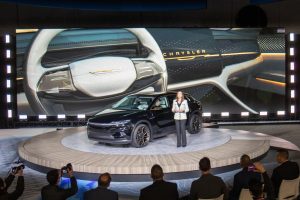
Chrysler CEO Christine Feuell introduces the second take on the Airflow concept at the 2022 NY Auto Show.
In a conversation with Feuell and other Chrysler insiders, Headlight.News got a sense of what’s coming as the brand prepares to enter its second century.
What we won’t see is a version of the Airflow concept Chrysler introduced to much acclaim at the 2022 Consumer Electronics Show in Las Vegas. That prototype picked up on the name of the 1930s-era sedan that featured groundbreaking aerodynamics. Like the earlier model, the show car was extremely streamlined in order to maximize the range and performance of its battery-electric drivetrain. The anticipated production version was meant to usher in Chrysler’s transition to an all-electric future. But things changed along the path to production.
Surprisingly, what Feuell described as a “very favorable response” from the public was something that worried Chrysler executives who questioned whether the design would seem dated by the time it got into production.
“Maybe we’re not being innovative and creative enough,” Feuell and colleages like Stellantis design chief Ralph Gilles started to wonder. “We felt we needed to take more risks,” Feuell said they decided.
A new direction
There was another reason for Chrysler to rethink its plans. By late 2023, as Airflow product development was moving forward, it became increasingly clear consumers weren’t nearly as enamored of EVs as they’d seemed just two years before.
Parent Stellantis, for its part, literally shifted gears. Where it originally started working up a series of EV-only architectures, it revised plans, turning them into “multi-energy” platforms capable of using as many as six different powertrain technologies, including internal combustion, mild, conventional and plug-in hybrids, range-extender and BEV.
Working off the biggest of those new platforms, dubbed STLA Large. Gilles and his team came up with an entirely new and far more polarizing concept, the Chrysler Halcyon.
More Stellantis News
- Filosa Named New Stellantis CEO
- Carlos Tavares’ Resignation Left Stellantis Rudderless
- Stellantis Tells Employees: Quit Your Job, Get a Check
Halcyon days
The first version of the Halcyon, shown in February 2024, certainly lived up to Feuell’s desire to take risks. It took Airflow’s aerodynamics to new levels, with features like the “air blade” front end literally knifes through the air. The overall design falls somewhere between four-door GT and coupe-crossover.
Halcyon isn’t easy to categorize, “and that’s intentional,” Feuell told Headlight.News during a celebration of Chrysler’s 100th anniversary. “We wanted it to be a vast departure from the sea of sameness” that has become the norm with today’s EVs and crossovers
The interior has a futuristic look, with big digital displays and a yoke, rather than a conventional steering wheel. But the concept doesn’t dismiss the practical, Halcyon picking up on the stow-and-go seats that are one of the most popular features of the Pacifica minivan. When automatically folded down, the back seats vanish into the back cargo area.
The initial Halcyon show car was all-electric but Filosa has laid out a strategy that, using the company’s new platforms, would have any particular model line offering as many as three different powertrain options.
From concept to production
While concept vehicles are often little more than fantasies in chrome, Halcyon is a very clear indicator of what’s coming from Chrysler, said both Feuell and Gilles.
A number of design elements will show up in the completely redesigned Pacifica due out next year. It’s “inspired by Halcyon,” said Feuell. While the Chrysler CEO wouldn’t go into much detail she did note that we can expect the more aero-styled minivan will deliver greater energy efficiency – translating into improved fuel economy and, on the plug-in hybrid version, greater range in all-electric mode than the current PHEV’s 32 miles per charge.
But that’s just the beginning. For 2027 expect Chrysler to “launch our first all-new model in more than 10 years,” the CEO revealed. It will a D-segment crossover, a category that includes the likes of the Honda Passport and Hyundai Santa Fe among mainstream offerings and the BMW X5 and Genesis G80 for luxury buyers.
Significantly, this new model, expected to be even closer to Halcyon in design, will offer three different powertrains, starting with a conventional hybrid, with an internal combustion engine to follow and, soon after, an EV package.
More to come
That’s just the start, however. There’s “a lot of white space (Chrysler) can serve” that Jeep, Dodge and Ram “can’t.” said Gilles, because of their narrowly defined missions. “We’re looking for the gaps” that aren’t being served and which may not fall into current segments.
As Chrysler rebuilds its product line-up, “We need to be in at least three segment to continue to grow and thrive,” added Feuell. Add to that “variants” of upcoming products like the Pacifica to further extend the brand’s reach.
Can Chrysler hold on
Not everyone is convinced Chrysler has a future. It didn’t help when former Stellantis CEO Carlos Tavares last July reversed course and said he would consider axing some of the company’s weaker brands.
“We cannot afford to have brands that do not make money,” he said during a second-quarter 2024 earnings call. “If they don’t make money, we’ll shut them down.”
There’s been plenty of speculation new CEO Filosa will be under pressure to follow up on that threat but, for her part, Feuell dismisses such speculation. “There’s never be one conversation among our executive teams about Chrysler going away,” she told Headlight.News. Filosa, she added, “has been an enthusiastic supporter of Chrysler.”
Whether the brand retains the new CEO’s support will likely be put to the test in short order as Chrysler finally starts rolling out its much-needed new products.

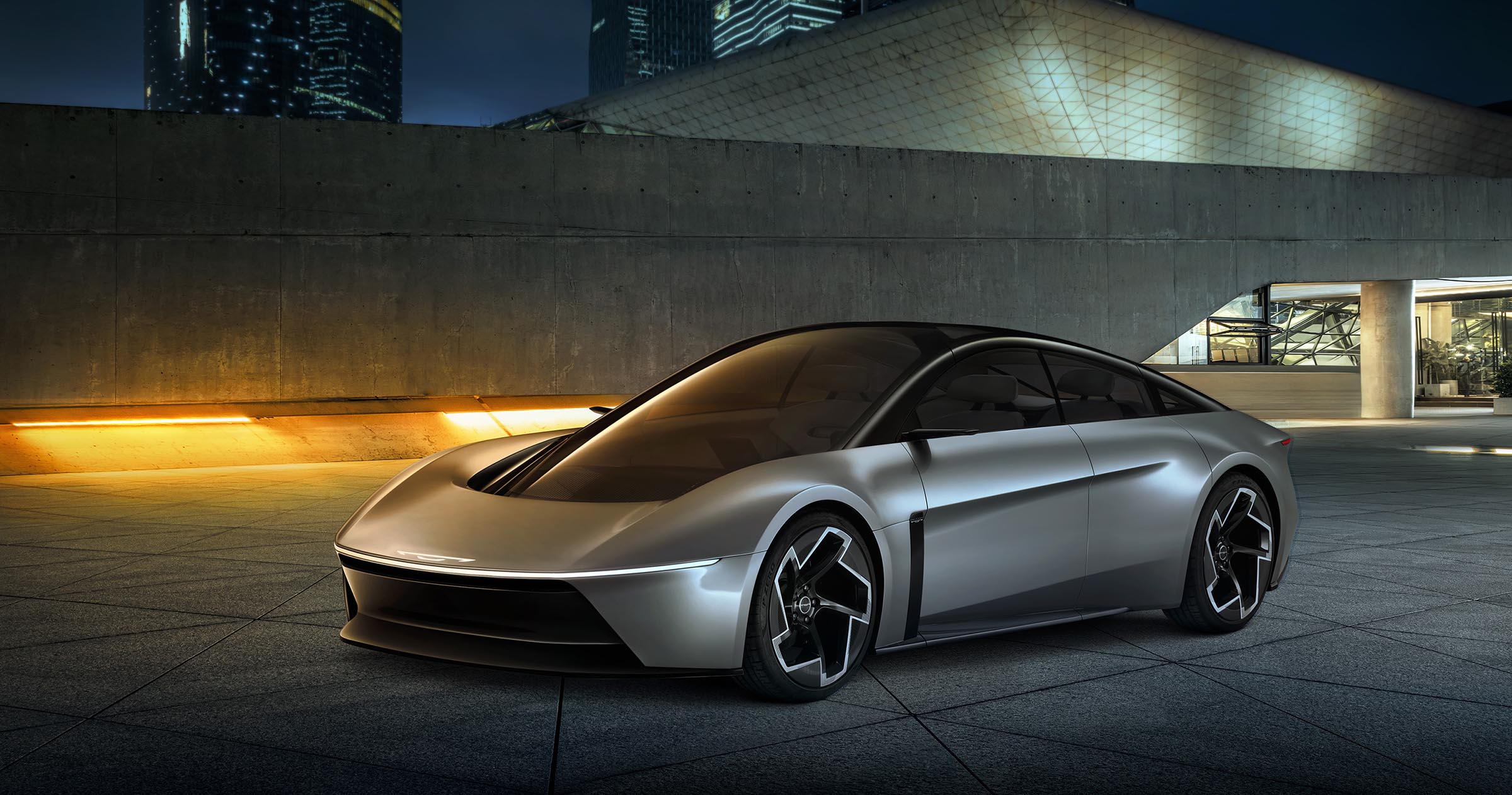
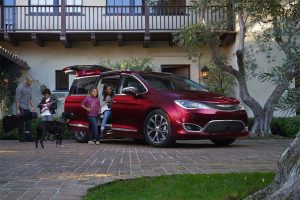
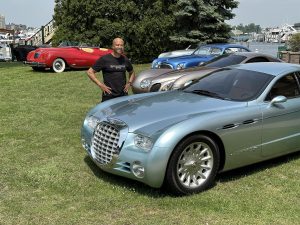




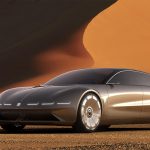



0 Comments